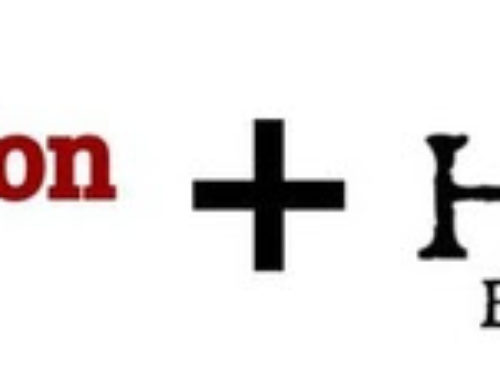On Monday I wrote about conducting the mash in Do the Mash… The Brewing Mash. Today we finish the discussion of the Amber Ale brewing session.
When we left off, wort had been collected and was ready for the boil. When brewing with extract, we boil a concentrated wort and then dilute it with water just before pitching the yeast. This process makes it possible to brew a five gallon batch with a 4.5 gallon brew kettle. This is not the case with an all-grain batch. All the wort collect from the mash all goes to the boil and is fermented without adding any additional water. With a 4.5 gallon kettle the largest batch possible is three gallons.
4.25 gallons of wort ready for the boil
As you can see the brew kettle was very full. As you may remember from It’s Not Me, It’s Brew when the wort heats up proteins begin to coagulate forming the hot break. With the kettle this full, it has to be watched carefully so the hot break doesn’t spill and to prevent the wort from boiling over. Waiting for the hot break to form and the wort to boil is slightly more exciting than watching paint dry, but I did prove the old saying wrong as I can now vouch that a watched pot does boil.
Hot break
After the formation of the hot break and the start of the boil, hops are added. For this beer I used Willamette Pellet hops. I want this beer to have nice malt flavors so I used hops sparingly; a total of 22 IBUs (IBUs are the measure of a beer’s bitterness. I will cover this topic in a later blog).

1st hop addition 2nd hop addition
The first hop addition went into the boil for an hour while the second addition was only in for 10 minutes. The purpose of this second addition is more aromatic than to add bitterness.
After the boil the wort must be chilled quickly to a temperature more suitable for yeast procreation. Once again I used a copper immersion wort chiller for accomplish this. With the wort chilled, it was poured into the fermenter and yeast was added. For this brew I used White Labs California Ale Yeast.

Chilling the wort California Ale Yeast
Active fermentation has begun and now we wait. In a week the beer will be transferred to the glass carboy for secondary fermentation.
Three gallons of beer in the fermenter





